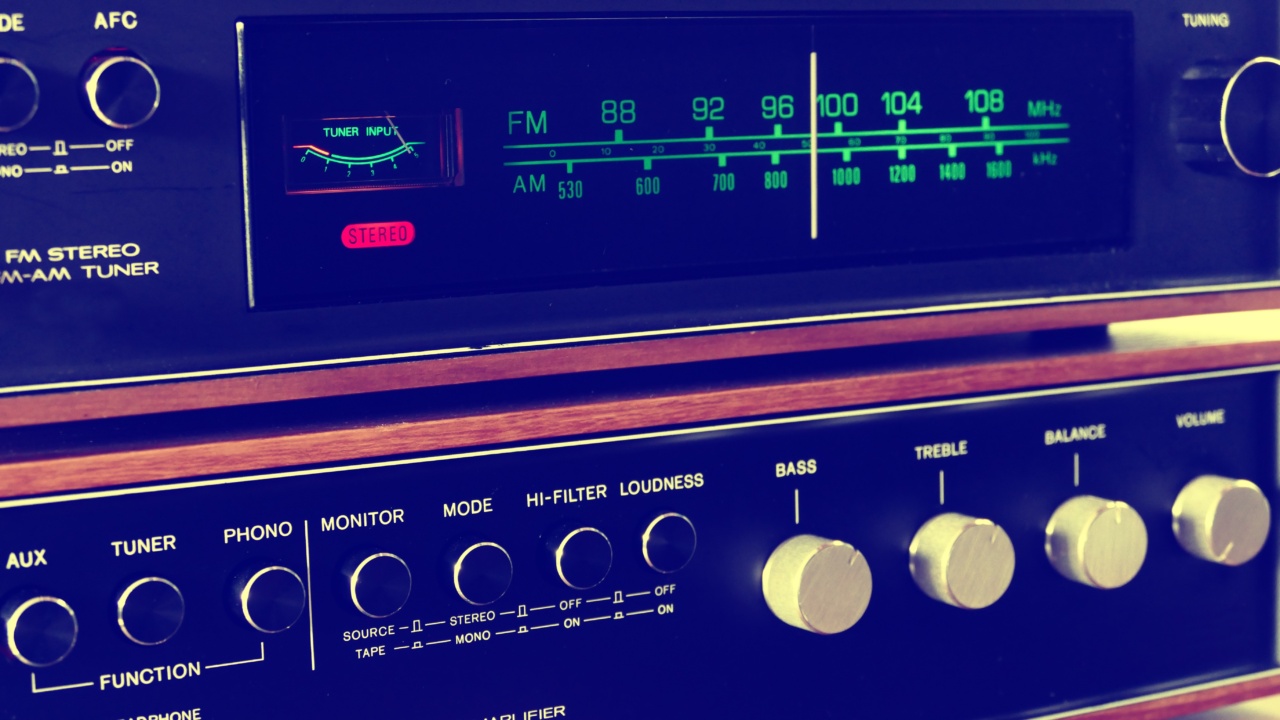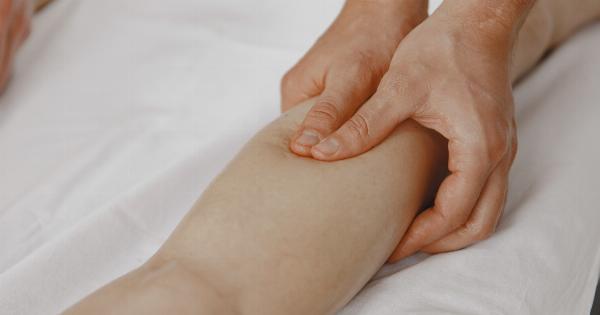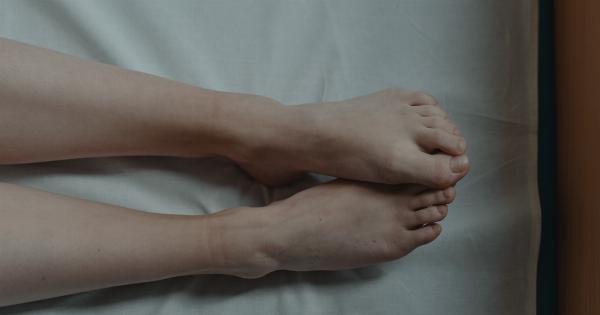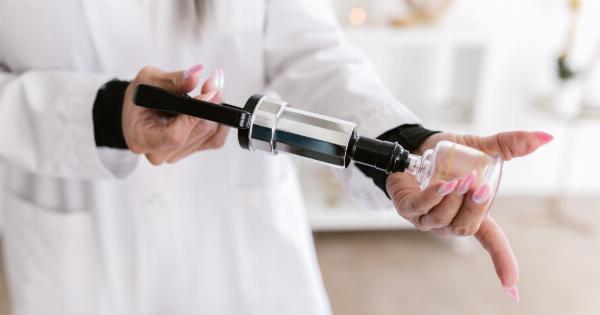Bladder coccyx, also known as coccygodynia, is a medical condition characterized by pain in the coccyx or tailbone region. This pain can be sharp or dull, and it may worsen with certain activities such as sitting or moving.
Individuals suffering from bladder coccyx often face a decreased quality of life due to the persistent pain. Fortunately, there are effective treatment options available, one of which involves the use of radio frequencies.
In this article, we will explore the benefits and effectiveness of bladder coccyx treatment with radio frequencies, which can provide relief in as little as 20 minutes.
Understanding Bladder Coccyx and Its Causes
Before delving into the treatment options, it is important to understand bladder coccyx and the factors that can contribute to its development. Coccygodynia is often caused by trauma or injury to the coccyx region.
Falls, direct impact, or childbirth can lead to the misalignment or instability of the tailbone, resulting in pain. Additionally, poor posture or prolonged sitting can also exacerbate the symptoms of bladder coccyx.
Symptoms of Bladder Coccyx
The primary symptom associated with bladder coccyx is pain in the tailbone region. This pain can radiate to the surrounding areas, including the lower back and hips.
Individuals may experience discomfort while sitting or moving, and the pain may worsen over time if left untreated. In some cases, bowel and bladder dysfunction may also accompany coccygodynia.
Traditional Treatment Options
Conventional treatment for bladder coccyx often involves a combination of conservative measures such as pain medication, physical therapy, and lifestyle modifications.
Pain relievers and anti-inflammatory medications are commonly prescribed to alleviate the discomfort associated with coccygodynia. Physical therapy focuses on strengthening the surrounding muscles and improving posture to provide relief.
However, these conservative treatments may not always provide long-lasting results, leaving individuals searching for more effective alternatives.
Introduction to Radio Frequencies for Treating Bladder Coccyx
Radio frequencies have emerged as an innovative and effective treatment option for bladder coccyx. This non-invasive procedure harnesses the power of electromagnetic energy to target the source of pain without the need for surgery.
Radio frequency therapy has been widely used for various musculoskeletal conditions, and its application in coccygodynia has shown promising results.
How Radio Frequencies Work
During a radio frequency treatment session, a specialized device that emits radio waves is used. These radio waves generate heat that is delivered to the targeted area, such as the coccyx region.
The heat stimulates the nerves responsible for transmitting pain signals, effectively interrupting their communication with the brain. As a result, patients experience a significant reduction in pain and often an improvement in their overall quality of life.
The Benefits of Radio Frequency Treatment
Bladder coccyx treatment with radio frequencies offers several benefits over traditional treatment options. Some of the key advantages include:.
- Non-invasive: Unlike surgical interventions, radio frequency treatment does not require any incisions or invasive procedures. This significantly reduces the risk of complications and ensures a faster recovery.
- Pain relief: Radio frequencies effectively target the nerves responsible for transmitting pain signals, providing immediate relief and reducing the need for long-term pain medication use.
- Customizable treatment: The intensity and duration of radio frequency therapy can be adjusted based on the individual’s specific needs and response to treatment.
- Minimal downtime: Patients can resume their daily activities shortly after the radio frequency treatment session, making it a convenient option for individuals with busy schedules.
- Long-lasting results: Many patients experience long-term pain relief after completing a course of radio frequency treatment sessions, reducing the need for frequent follow-up visits.
The Radio Frequency Treatment Procedure
The radio frequency treatment procedure for bladder coccyx typically involves the following steps:.
- Preparation: The patient is positioned comfortably, and the treatment area is cleaned and prepared.
- Anesthesia: Local anesthesia may be administered to ensure the patient’s comfort during the procedure.
- Radio frequency application: The specialized device emitting radio waves is placed in close proximity to the coccyx region. The radio frequency waves are then delivered to the target area.
- Multiple sessions: Depending on the severity of the symptoms, multiple radio frequency treatment sessions may be required to achieve optimal results. Each session typically lasts approximately 20 minutes.
- Post-treatment care: After the procedure, patients are provided with instructions on post-treatment care, which may include avoiding strenuous activities for a short period of time.
Success Rates and Potential Side Effects
The success rates of radio frequency treatment for bladder coccyx are generally high. Many patients experience significant pain reduction and an improvement in their ability to perform daily activities.
However, as with any medical procedure, there are potential side effects to consider. Common side effects may include temporary discomfort, bruising, or swelling at the treatment site. These side effects usually resolve on their own within a few days.
Conclusion
Bladder coccyx treatment with radio frequencies offers a non-invasive and effective approach to alleviate the pain associated with coccygodynia.
With a short treatment time of approximately 20 minutes per session, individuals suffering from bladder coccyx can experience long-lasting pain relief and improved quality of life. If you are experiencing symptoms of coccygodynia, it is advisable to consult with a qualified healthcare professional to determine if radio frequency treatment is a suitable option for you.




























